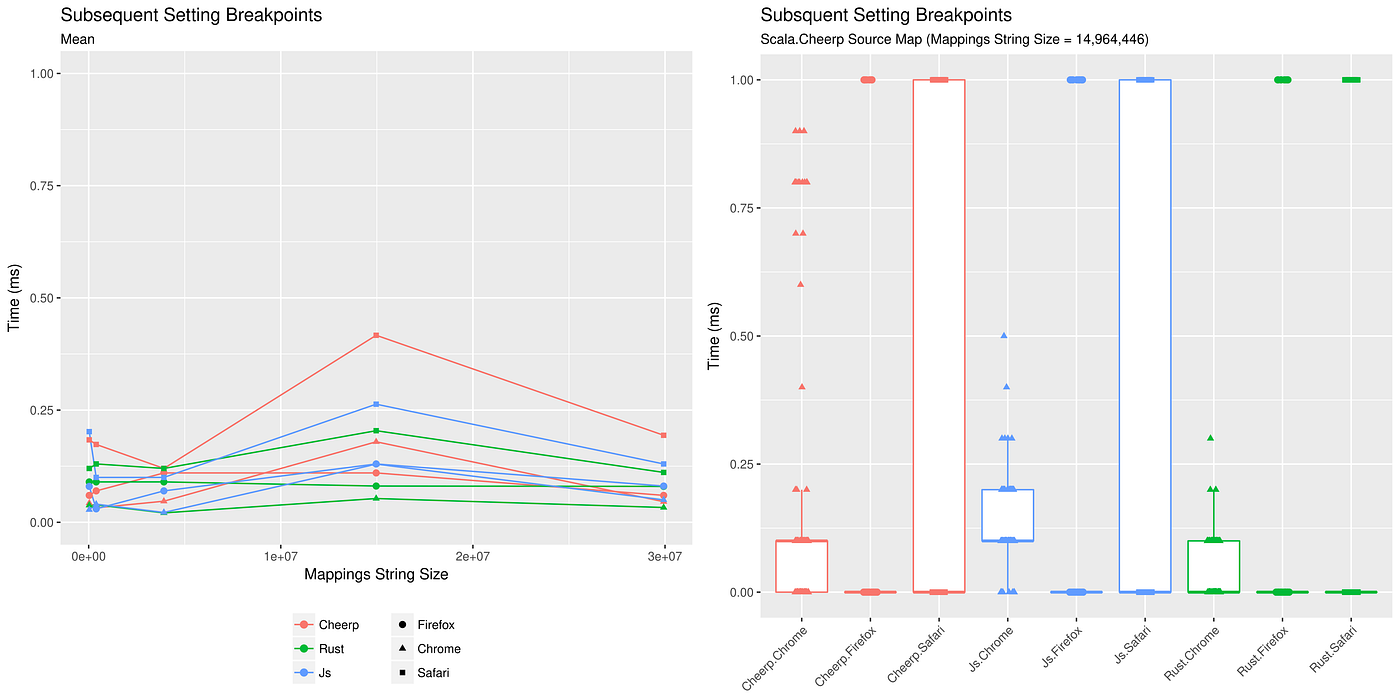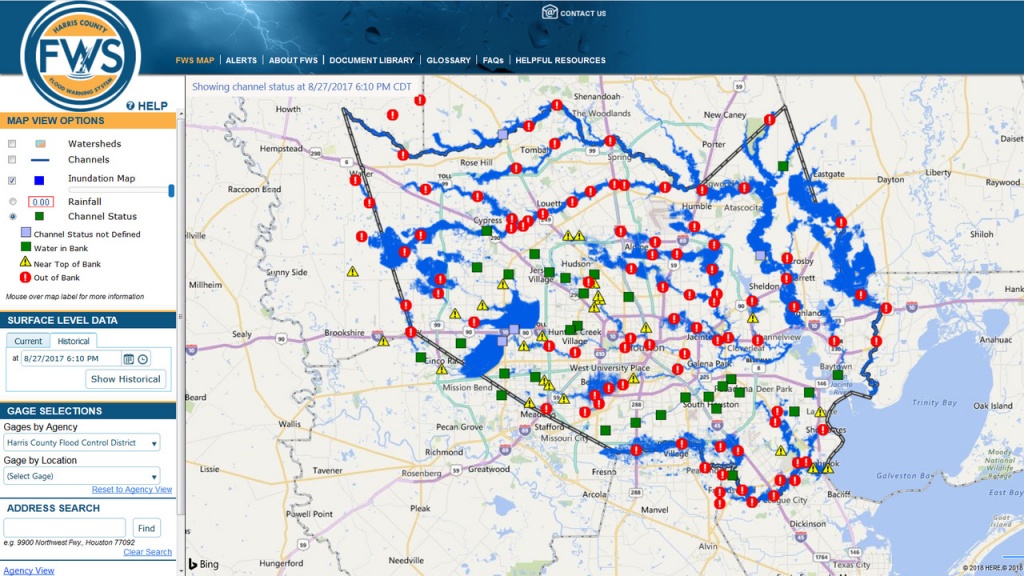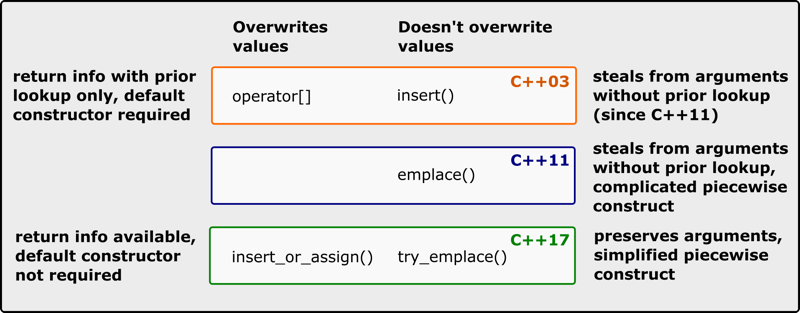

We present a brief history of evidence mapping before turning to an analysis of the approach to evidence mapping broken down into stages: definition of map, scope, inclusion criteria, critical appraisal, screening and searching, coding, presentation and reporting, use and maintenance.


The focus is on the various approaches towards evidence syntheses products whereas the focus of this paper is on the methodological approach of organisations working on evidence maps. Papers mentioned above have discussed and presented overview of different types of evidence mapping, scoping and synthesis. The approaches discussed include systematic map ( Bates, Clapton, & Coren, 2007) ( Oakley, Gough, Oliver, & Thomas, 2005) (Salina Bates, 2006) ( Peersman, 1996) evidence maps ( Liu, Parker, Hetrick, & Callahan, 2010), the evidence-based policing matrix ( Lum, Koper, & Telep, 2011), Evidence Mapping (Parkhill, et al., 2011) (Bragge, et al., 2011) Scientific uncertainties ( Jacobson, 2014), and Evidence Gap Maps ( Snilstveit, Vojtkova, Bhavsar, & Gaarder, 2013). The motivation for this paper is to develop general principles for maps, and particularly to inform the development of standards for the Campbell Collaboration as a basis for the publication of Evidence and Gap Maps in the Campbell Library. This paper reviews the range of mapping methodologies being adopted across different sectors. A map of maps for international development interventions identified 73 maps, with half of all completed maps commissioned in 2016 (Phillips, et al., 2017). The popularity of mapping has grown in recent years. Maps allow for identification of research gaps which is particularly important for interventions that are implemented without insufficient evidence (Katz, et al., 2003). In the health sector maps were intended to provide clinicians, researchers, clients, and caregivers with tools and guidance to engage in evidence-based decision making. They are used to guide users to high quality research, inform research priority setting, and help to define the focus of evidence synthesis such as systematic reviews (Katz, et al., 2003). Maps often provide a foundation for further, more focused research synthesis. One purpose of this paper is to propose some general principles for evidence maps. In addition, as there is no repository for evidence maps, maps are difficult to locate and authors are less likely to build on existing approaches. The authors conclude that there is diversity in definition and methods for mapping, so that stakeholders cannot necessarily know what to expect if they commission an evidence map or seek to identify existing maps.

The authors identified 145 titles, of these, 34 publications explicitly presented evidence maps and five publications used a mapping methodology without presenting a map. In 2016, ( Miake-Lye, Hempel, Shanman, & Shekelle, 2016) conducted a systematic review of evidence maps in the health sector. As we describe in Part 2, evidence mapping of various forms has been around for at least 15 years.Ī range of different approaches to evidence mapping and synthesis have been developed to support evidence informed policy making. For reasons discussed below, we adopt the term Evidence and Gap Map to refer to the specific approach being proposed for Campbell, and evidence map to refer collectively to the range of approaches which have been adopted. Although they go under various names, they have the common feature of adopting a systematic approach to mapping begins with a broad question, theme or issue which defines the scope of the evidence map. Evidence maps are a relatively new approach to systematically identify and report the range of research activity in broad topic areas or policy domains.


 0 kommentar(er)
0 kommentar(er)
